Whether we need something to lift our spirits, support our meditation or mindfulness practice, help us sleep, or just instil a sense of peace and calm during the current situation, now is an ideal time to consider the psychotherapeutic effects of certain essential oils.
It has long been known that an individual’s psychological and emotional response to a particular aroma, combined with the physiological effects on the nervous system, can have a profound effect on the mind and body.
Below, I have outlined some ‘aroma families’ and their potential uses. The essential oils can be vaporised into the room using a couple of drops in a diffuser, or gently inhaled from a cotton ball or tissue (again, using just one or two drops).
Because of the idiosyncratic nature of aroma, the following are suggestions only, and it’s important to ensure that you adhere to any relevant safety guidelines if using these at home. Please read the safety notes at the bottom of this article.
Florals
Aroma: sweet, soft, rich, intense, heady, light, delicate, fresh.
Suggested use: may help promote rest, sleep and balance mood. Comforting and uplifting. Use for stress, anxiety, nervous tension and irritability.
Examples: rose (otto/maroc), jasmine, lavender, chamomile, geranium, neroli, frangipani, geranium, ylang-ylang, petitgrain.
Citrus
Aroma: fresh, light, crisp, sharp, fruity.
Suggested use: for anxiety and nervous tension, mental or physical fatigue, uplifting the spirits. Use for clearing negative thoughts and low mood. Energising and uplifting.
Examples: lime, orange, lemon, bergamot, grapefruit, tangerine.
Woody and earthy
Aroma: grounding, calming, deep, warm, lingering.
Suggested use: feelings of stress, anxiety, nervous tension and irritability. Use to promote feelings of well-being and security. Useful for when we feel insecure, scared and out of touch with what is going on around us. Calming, grounding and harmonising.
Examples: sandalwood, rosewood, patchouli, cedarwood, cypress, pine, vetivert, valerian.
Herbaceous
Aroma: balancing, regulating, cooling, relaxing, clearing, clarifying.
Suggested use: emotionally balancing and grounding. Can help us breathe and ‘let go’ when emotions and feelings are cluttering our minds and our thinking. Use to help promote positivity.
Examples: clary sage, fennel, marjoram, rosemary, chamomile, thyme, yarrow.
Spicy
Aroma: pungent, warm, dry, sweet.
Suggested use: stimulating, invigorating and awakening. Can be used to provide strength and stamina and focus with a particular situation.
Examples: clove, ginger, nutmeg, cinnamon bark, cardamom, turmeric.
Some important safety notes…
• If you have allergies, sensitive skin, or are pregnant or on medication, consult a professional aromatherapist for advice before using essential oils.
• Never ingest (swallow) essential oils or apply them neat to the skin.
• Buy high-quality essential oils from a reputable supplier or stockist, to ensure these are 100% pure and unadulterated.
• Buy in small quantities, in dark glass bottles with a dropper at the top, and store in a cool place.
• Dispose of the oil safely, in line with the manufacturer’s guidelines, which might be before the ‘use by’ date, once the bottle has been opened.
• Aromatherapy and essential oils should only be used alongside standard medical care and not as an alternative. Consult your GP or other health professional if you have questions or concerns about any medical matters.
I hope you find this article useful. Let me know what are your favour essential oils and what they do for you.
Stay well, stay positive and stay healthy
Best wishes



